Energy (stored in a battery) is not a stack of electrons you can pour. Electrons unleash energy when they move, but to do that you must give them a way to run in.
I'll try to give an example with my bad english.
Think at water mills (those big wheels partly immersed in water). They produce energy because the water is flowing and make them turn, but you must have a channel for the water. If you dip your mill wheel in a mountain lake, it will not spin. A mountain lake has a lot of energy, but it is quiescent (just like a battery). Your circuit is the same as taking two mountain lakes at the same altitude, connect them with a channel and hoping the water goes from one lake to the other. It will work only if, in one of the lakes, you make a channel that voids it: the other lake will then fill the one that is emptying, and the wheel will turn.
You can think at a battery like two bottles put together, one full of water and the other one empty. Settled the right way, you can make water flow from the full bottle to the empty one and, doing so, the flowing water can spin a turbine. But the water has to go into the empty bottle of the same battery, to make it work.


